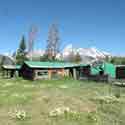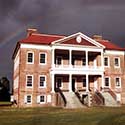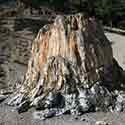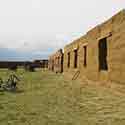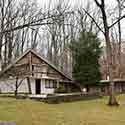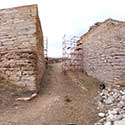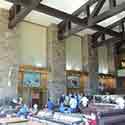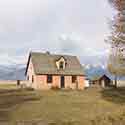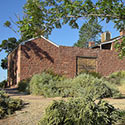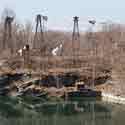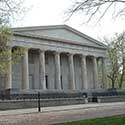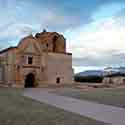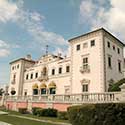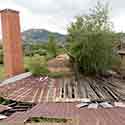|
|
|
|
| Adobe Ruins Monitoring, Mesa Verde, Cortez,
CO |
|
| Ayyubid City Wall, Cairo, Egypt |
|
| Bar
B C Ranch, Grand Tetons, Jackson, WY |
|
|
| Belmont Mansion, Philadelphia, PA |
| Brooklyn Historical Society, Brooklyn, NY |
|
| Burial Ground, Southampton, NY |
|
| Capilla Del Santa Cristo, San Juan, Puerto Rico |
| Casa Grande, Coolidge, AZ |
| Castello Sermonetta, Italy |
| Catalhoyuk, Turkey |
| Center Church Burial Ground, New Haven, CT |
| Chief Tomokie Monument,Tomoka State Park, Daytona Beach, FL |
| Chiripa-Bolivia |
| Civilian Conservation Corps Buildings |
| Cliff Palace, Mesa Verde, Cortez, CO |
| Convent Column and Plaster, San Antonio, TX |
| Coronado State Monument, Albuquerque, NM |
| Deschler Morris House, Germantown, PA |
| Drayton
Hall, Charleston, SC |
|
|
| Durham Castle, Durham, England |
| El Morro, Ramah, NM |
| Farview
House, Mesa Verde, Cortez, CO |
| Ferrara, Italy |
|
|
| Fort Brockhurst, Gosport, England |
| Fort
Union National Monument, Watrous, NM |
|
| Frijoles Canyon, Bandelier NM, Los Alamos, NM |
| George
Nakashima’s Art Building and Cloister, New Hope, PA |
|
|
| Gordion,
Yassihoyuk, Turkey |
|
|
| Grand Canyon National Park, AZ |
| Guggenheim Museum, New York, NY |
| HABS |
| Hovenweep
National Monument, Montezuma Creek, UT |
| Indian Key, Islamorada, FL |
| Jackson
Lake Lodge, Jackson, WY |
|
|
| J |
|
|
| Longhouse, Mesa Verde, Cortez, CO |
| Mancos
Free Press, Mancos, CO |
| Merchants Exchange, Philadelphia, PA |
|
|
| Mission San Juan Capistrano, San Juan Capistrano, CA |
| Mission San Xavier del Bac | 2018 - Present |
| Mt. Edgcumbe, Cornwall, England |
| Mug House, Mesa Verde, Cortez, CO |
| National Historic Landmarks Database |
| New
York State Pavilion, Queens, NY |
| Ohio State House, Columbus, OH |
| Orto Botanico, Rome, Italy |
Pecos National Historical Park, Pecos, NM
|
2018
|
Pipespring
National Monument, Kaibab, AZ
|
|
|
| Pit
and Quarry, Northampton, PA |
2016 |
|
| Protestant Cemetery, Rome, Italy |
1991 |
Quarters 5 and 6, Mesa Verde National Park, Cortez, CO
|
2017 |
| Rocky Mountain National Park, Estes Park, CO |
2010 |
| Rosario Chapel, San Juan, Puerto Rico |
2006 - 2008
|
| San Antonio Missions, San Antonio, TX |
1997 and 2007
|
| San Juan Forts Grafitti, San Juan, Puerto Rico |
2003 |
| Second
Bank of the United States, Philadelphia, PA |
1995 - 1999 and 2004
|
|
|
| Sprucetree House, Mesa Verde, Cortez, CO |
2003 and 2008
|
|
|
| St Louis Cemetery no. 1, New Orleans, LA |
St
Louis Cemetery no. 2, New Orleans, LA
|
| Strawberry Hill, Twickenham, England |
Swan
Memorial, Woodlawn Cemetery Bronx, NY
|
2016 |
Tiffany Mosaic, Woodlawn Cemetery, Bronx, NY
|
2016
|
| Tiwanaku, Bolivia |
|
| Trinity Cathedral, Pittsburgh, PA |
| Tsankawi, Bandelier, Los Alamos NM |
|
| Tumacácori
National Historical Park, Tumacácori, AZ |
|
|
| Victoria Mansion, Portland, ME |
|
| Vizcaya Miami, FL |
|
|
|
| Wagner Institute, Philadelphia, PA |
|
| Western
Clay Kiln 7, Helana, MT |
|
|
|
| Whitney
Studio, New York, NY |
|
|
|
|
|
|
|


